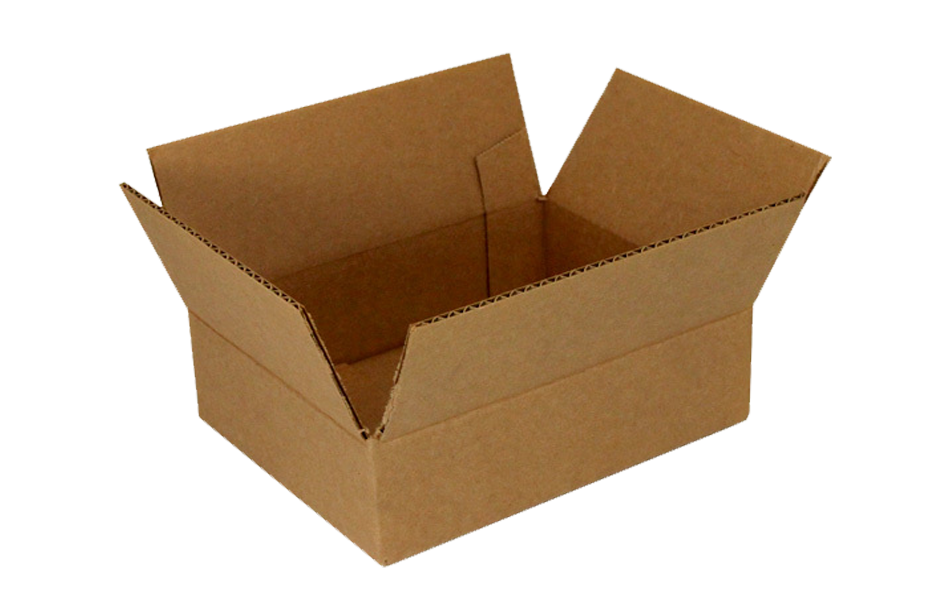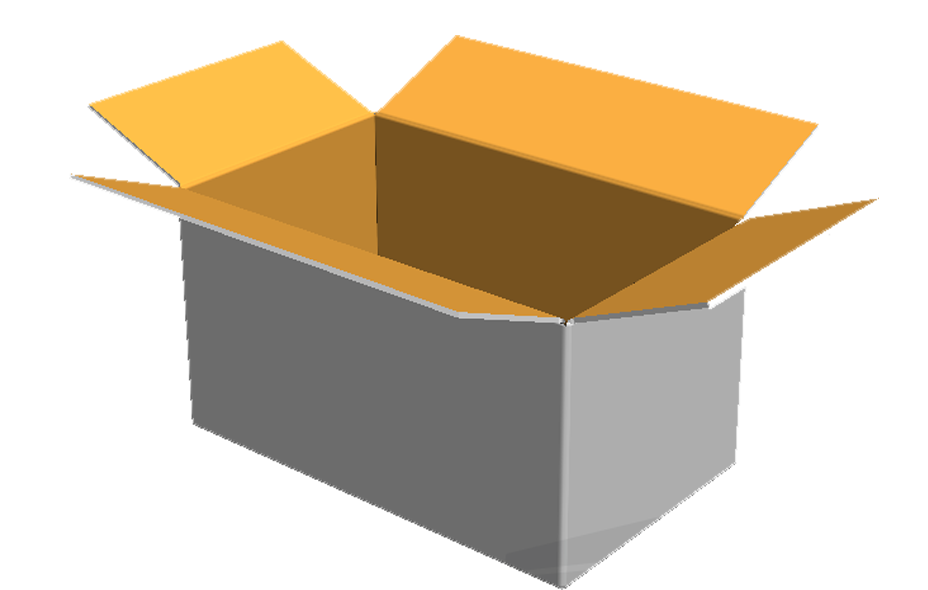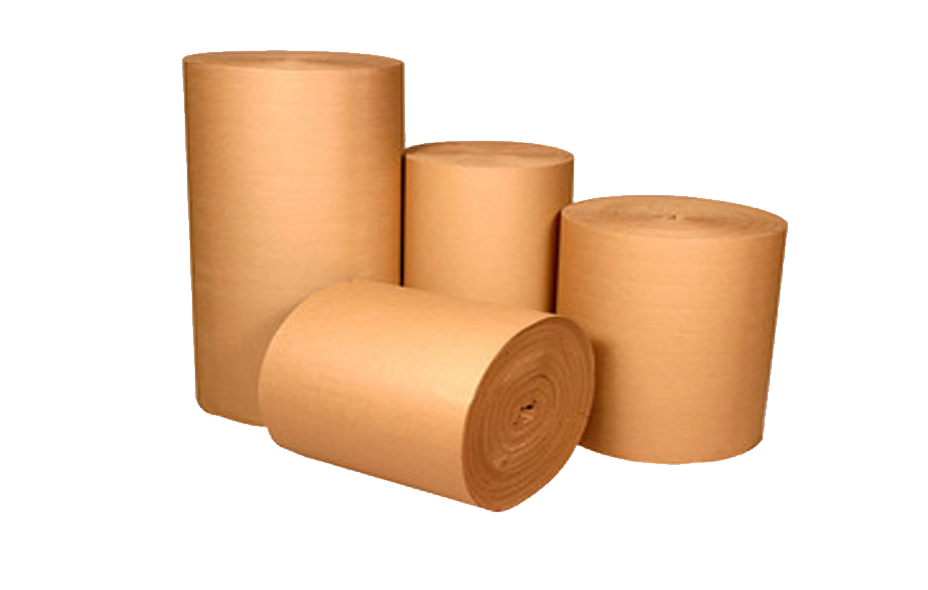PRODUCT STYLE IMAGES
CORRUGATED TECHNIQUE
What is Corrugated?
Corrugated is easy to recognize. Corrugated is made of paper and has an arched layer, called "fluting," between smooth sheets, called "liner." This arched layer provides corrugated with a very high strength-to-weight ratio.
The corrugated most commonly used to make boxes has one layer of fluting between two smooth sheets. But there are many types of corrugated available, each with different flute sizes and thicknesses.
Corrugated is an extremely durable, versatile, economical and lightweight material used for custom-manufactured shipping containers, packaging and point-of-purchase displays, in addition to numerous non-traditional applications ranging from pallets to children's toys to furniture.
Corrugated. It's not just a brown box. Corrugated is a complete, high-performance material design, manufacturing and delivery system. Corrugated is the preferred packaging material because it is:
What may come as a big surprise to many is that the ever-present corrugated box is high-tech:
Corrugated offers thousands of possible combinations of board types, flute sizes (caliper), basis weight, adhesives, treatment and coatings, including flame retardant and static control protection. Corrugated is the only rigid shipping container and packaging medium that can be cut and folded into an infinite variety of shapes and sizes and direct-printed with high-resolution color graphics (including lithography, flexography and silk screening). Corrugated is custom-designed to fit specific product protection, shelf space and shipping density requirements (including inner packaging that prevents shifting).
Tenaciously Protective
Corrugated combines structural rigidity with superior cushioning qualities. Corrugated containers nest products in an optimally protective environment, so even heavy or fragile contents arrive undamaged. Corrugated offers excellent tear, tensile and burst strength to withstand shipping pressures. It resists impact, drop and vibration damage while offering uniform stacking and weight distribution so the load stays put. Corrugated can be designed to contain flowable, granular or loose bulk products and even hazardous materials. It is also used to ship liquids and fresh foods, with the addition of removable liners that serve as moisture barriers. All this from a material that is lightweight, low-cost, reusable and recyclable.
Graphically Appealing
Corrugated containers and packaging are mobile billboards that create product image wherever they travel. Corrugated displays are eye-catching modular units that can be set up quickly and recycled at the end of a promotion. Corrugated is a very flexible medium that accommodates a wide range of printing options to support the end-use requirement:
Preeminently Cost-effective.
One of the least expensive containers ever developed, the overall cost of corrugated shipping containers is usually a small fraction of the value of the goods they carry. The cost of labor and tools required to produce, fill, and move the container is low. The cost of shipping is low, due to lower tare weights and higher fill densities than alternative packaging. The trend toward using even lighter-weight materials (also referred to as lightweighting) will continue to drive down shipping costs. Low raw material costs and mass production of corrugated containers makes them particularly cost-efficient. The ultimate contribution to cost reduction is when corrugated is used as an all-in-one shipping, storage,advertising and display medium - a growing trend both in warehouse and other retail stores.
Environmentally Responsible.
Corrugated, made from a natural renewable resource, has a great environmental record. Corrugated is almost always manufactured using high percentages of recovered fiber (including old orrugated containers, kraft, old newspapers and mixed paper), thereby diverting these materials from the municipal solid waste stream. In 2015, 92.9 percent o f a ll c ontainerboard p roduced w as r ecovered a nd r ecycled i n t he U .S. Corrugated has the best recycling rate of any packaging material used today. And that's what happens after the corrugated box has been used and reused time and time again to store and move items around the home, store and office. Water-based inks are now used almost exclusively for printing graphics on corrugated containers, avoiding the use of lead-based inks and solvents. In addition, the use of corrugated constructions with high-performance linerboard has led to a significant overall reduction in basis weight and a significant source reduction of raw materials.
A corrugator is a set of machines designed to bring together three, five or seven sheets of paper to form single, double or triple wall board in a continuous process.
The 3 Key Stage
Three sheets of paper (containerboard) are unrolled simultaneously on the corrugator: the inner liner , the outer liner and in the middle, the medium (also called fluting ). The medium sheet is given a "wave". This corrugation is obtained by pressing the sheet under heat through grooved metal rolls. This operation gives the paper its fluted shape in the single facer . Starch is applied to the tips of the flutes on one side, the outer liner and the inner liner are glued to the tips of the corrugated medium sheet of paper. The Corrugated board comes out of the corrugator .
The conversion process - the line convertor
This final stage of the process consists in printing and then slotting, folding and gluing the corrugated board to manufacture a corrugated container. Different operations are carried out according to the customer ’s specification and according to the type of packaging. The converting process varies according to the type of packaging. Whatever the type of packaging, printing on corrugated sheets is always possible. The flexographic print process is commonly used for printing on corrugated. This process uses the "relief printing" technique and is characterised by:
A corrugator is a set of machines designed to bring together three, five or seven sheets of paper to form single, double or triple wall board in a continuous process.
Three sheets of paper (containerboard) are unrolled simultaneously on the corrugator: the inner liner , the outer liner and in the middle, the medium (also called fluting ). The medium sheet is given a "wave". This corrugation is obtained by pressing the sheet under heat through grooved metal rolls. This operation gives the paper its fluted shape in the single facer . Starch is applied to the tips of the flutes on one side, the outer liner and the inner liner are glued to the tips of the corrugated medium sheet of paper. The Corrugated board comes out of the corrugator .
The conversion process - the line convertor
This final stage of the process consists in printing and then slotting, folding and gluing the corrugated board to manufacture a corrugated container. Different operations are carried out according to the customer ’s specification and according to the type of packaging. The converting process varies according to the type of packaging. Whatever the type of packaging, printing on corrugated sheets is always possible. The flexographic print process is commonly used for printing on corrugated. This process uses the "relief printing" technique and is characterised by:








